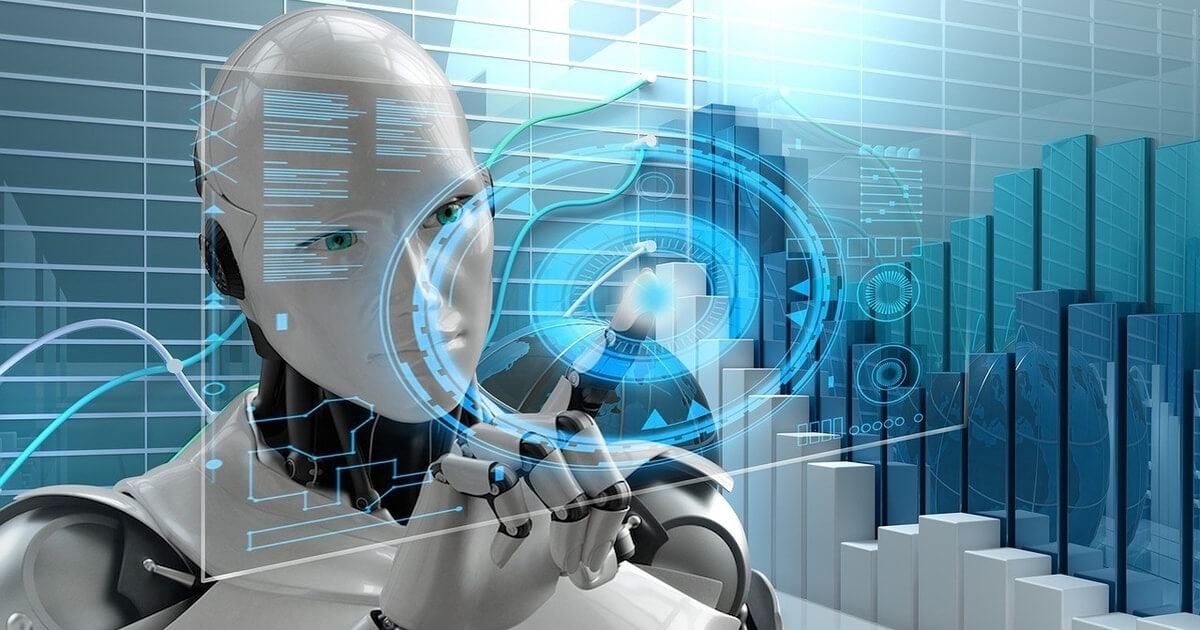GPT-4 AI Chatbot Scores High on Tests
Rebeca Moen Mar 16, 2023 09:41
The latest version of AI chatbot GPT-4 has achieved high scores on high school and law school tests, including the LSAT and Uniform Bar Exam. GPT-4 also scored well on SAT and AP exams in various subjects.

GPT-4, the latest version of the artificial intelligence chatbot ChatGPT, has achieved impressive scores on a range of high school and law school tests, according to its creator OpenAI. The new version of the chatbot has demonstrated improved processing capabilities, including the ability to convert image, audio, and video inputs to text, and handle more nuanced instructions creatively and reliably.
The most notable achievement of GPT-4 is its performance on the LSAT, the test that college students in the United States must pass to be admitted to law school. GPT-4 scored 163, which puts it in the 88th percentile and in a good position to be admitted to a top 20 law school. The score is only a few marks short of the reported scores needed for acceptance to prestigious schools like Harvard, Stanford, Princeton, and Yale. The prior version of ChatGPT only scored 149 on the LSAT, putting it in the bottom 40%.
GPT-4 also excelled on the Uniform Bar Exam, which is taken by recently graduated law students to practice as a lawyer in any U.S. jurisdiction. GPT-4 scored 298 out of 400, while the old version of ChatGPT scored only 213 out of 400.
In addition to law school exams, GPT-4 also achieved high scores on the SAT Evidence-Based Reading & Writing and SAT Math exams, scoring in the 93rd and 89th percentile, respectively. It also performed well on AP exams in biology, chemistry, and physics, with scores ranging from 66-100%. However, its AP Calculus score was fairly average, ranking in the 43rd to 59th percentile.
Despite its strengths, GPT-4 struggled in English literature exams, scoring in the 8th to 44th percentile across two separate tests.
Overall, the test results demonstrate that GPT-4 has made significant advancements compared to its prior version, with improved processing capabilities and the ability to pass high school and law school tests with scores ranking in the 90th percentile. These developments are significant for the field of artificial intelligence and have implications for the use of chatbots and similar technologies in various industries, including education and legal services.
Image source: Shutterstock.jpg)